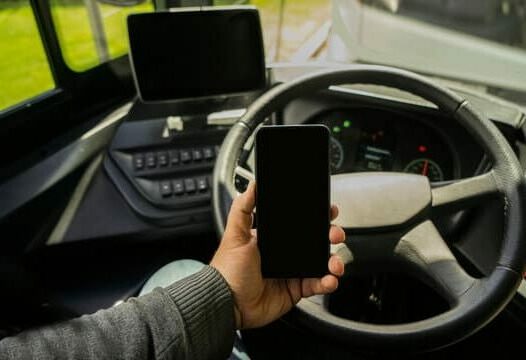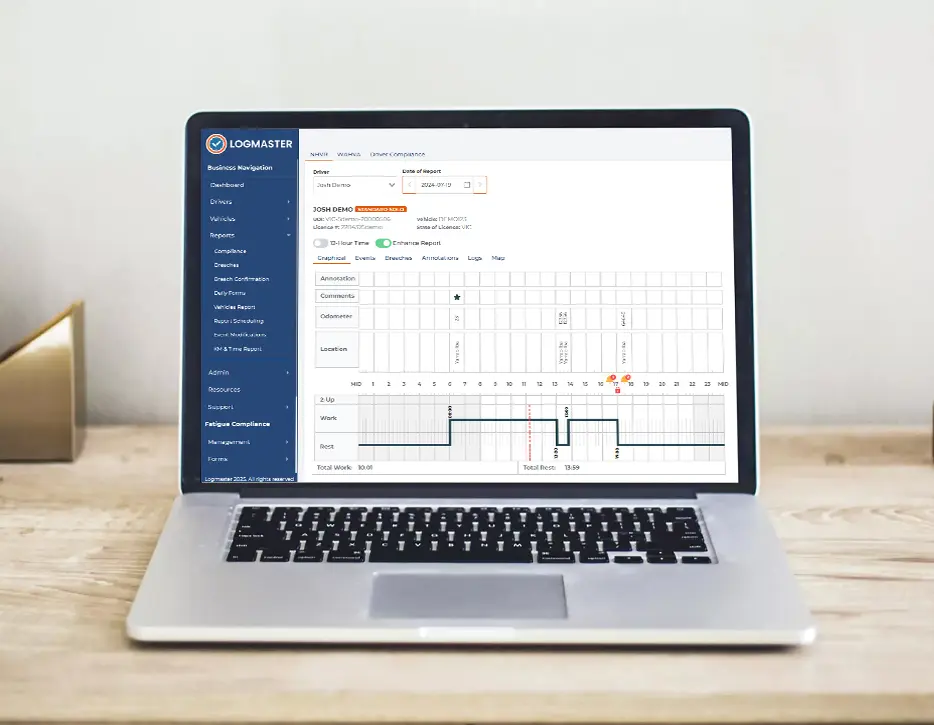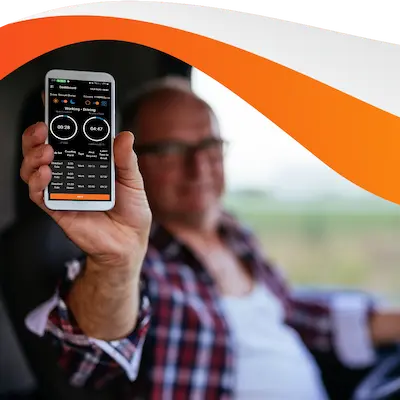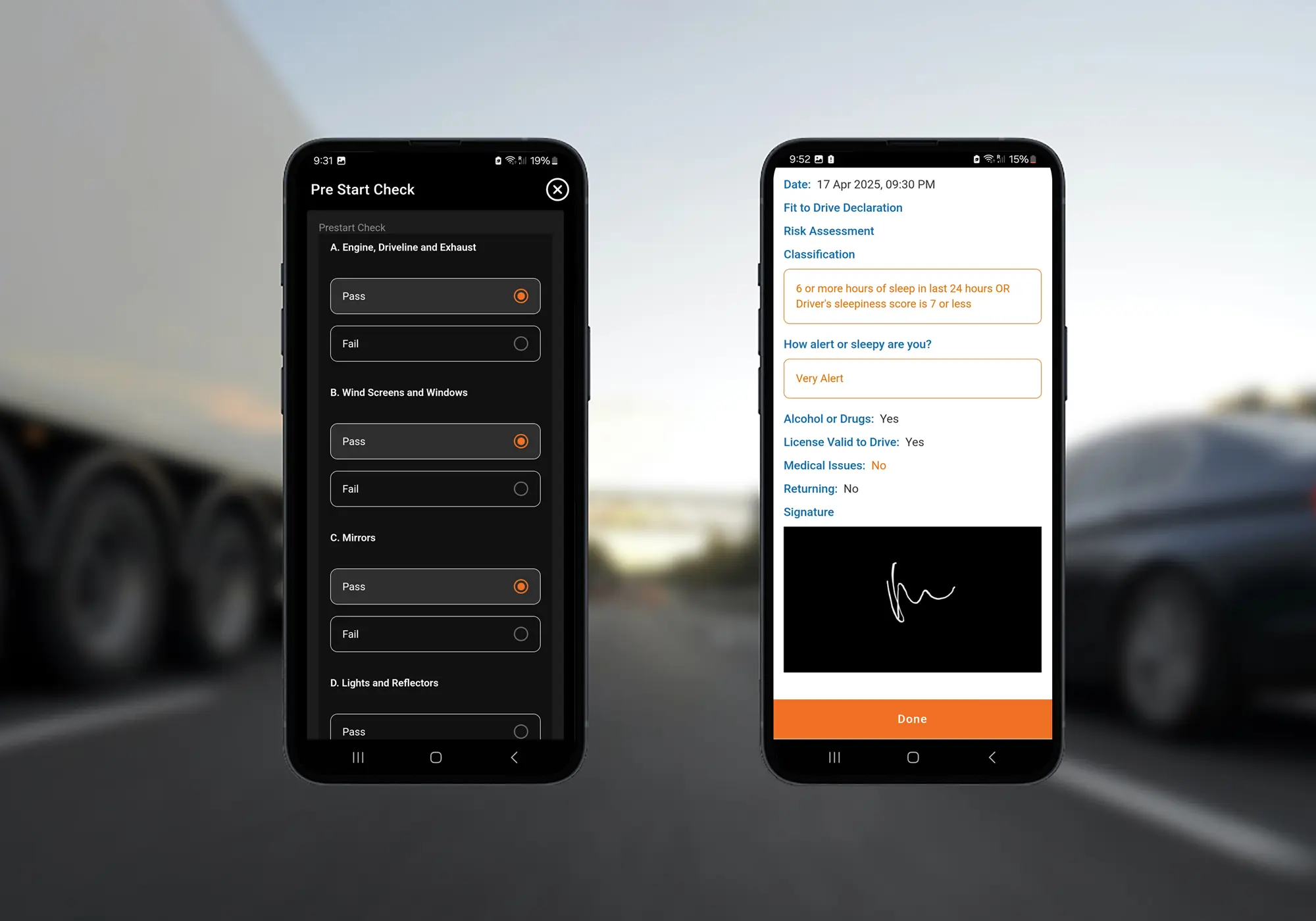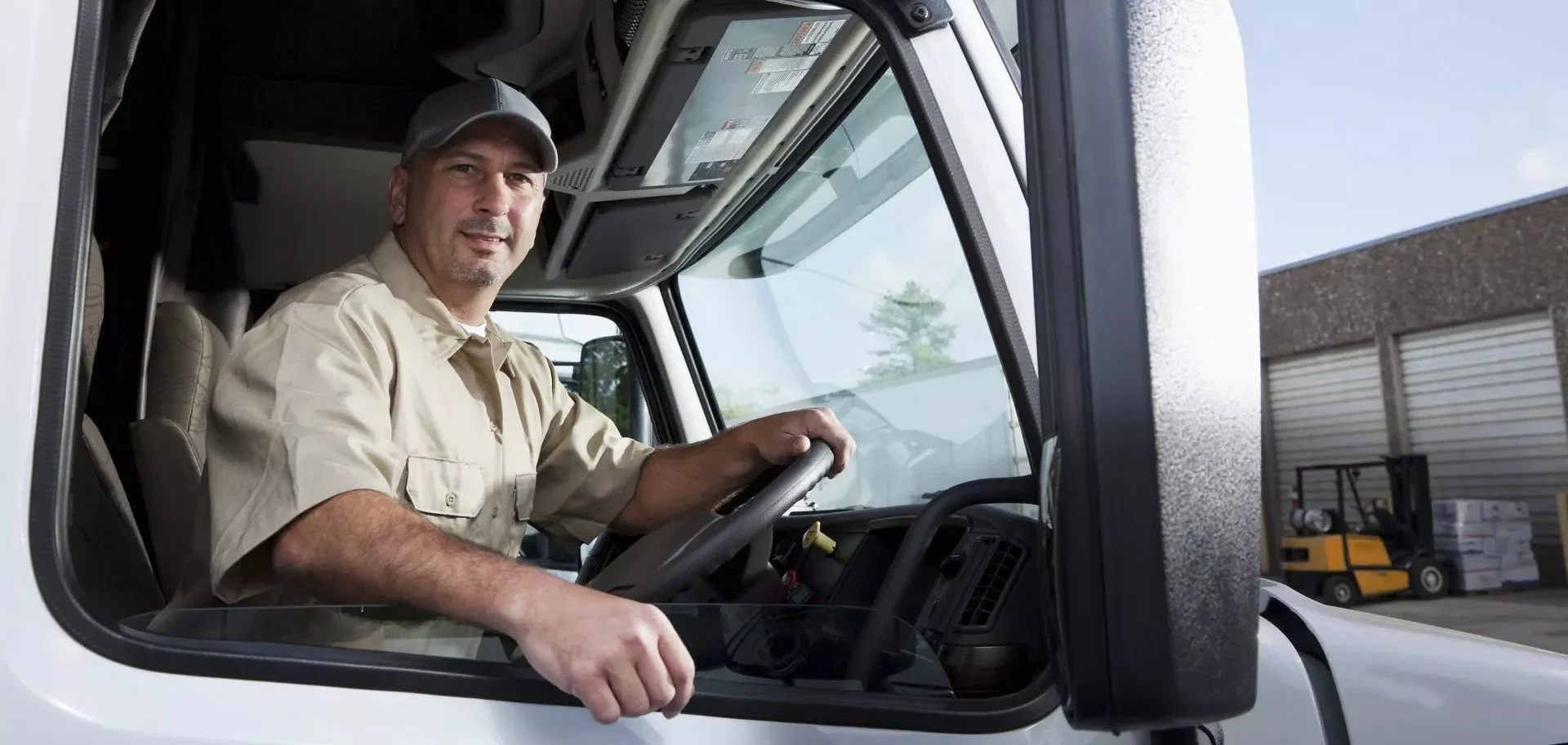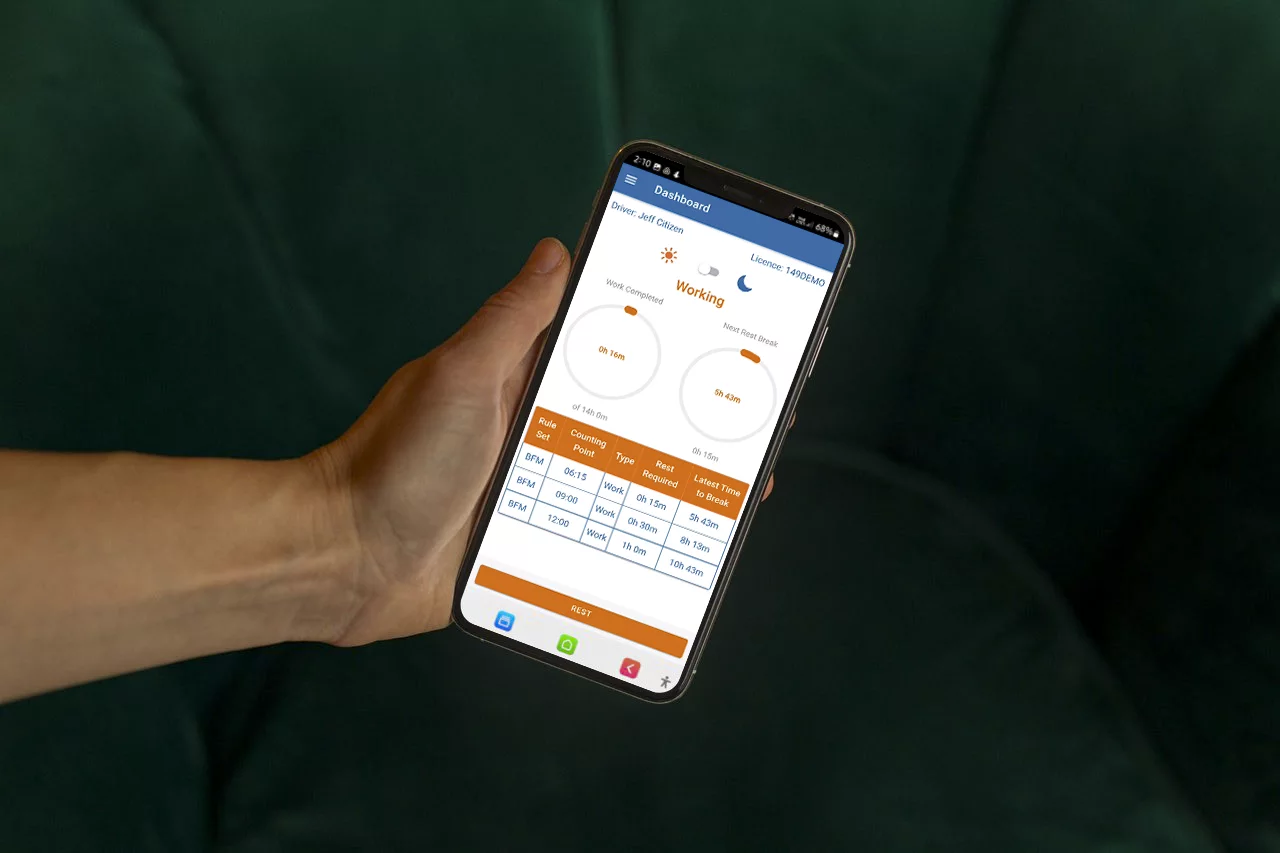

A common question by drivers and business operators about Electronic Work Diaries is, ‘Does it track me?’. Another similar one is, ‘Will it give me a breach the moment it happens, even if I made an entry error?’
The NHVR standard is clear on this, Electronic Work Diaries offer drivers no disadvantage to paper diaries. So the answers are, that Electronic Work diaries on their own capture the location at which a work/rest event is entered only. The end of day process confirms entries with a sign-off, just like turning the page on a paper diary. Only then is a potential breach registered.
Since this is a common question, it would be prudent to separate the functions of Electronic Work Diaries from Telematics. Telematics in this industry is broadly the practice of placing GPS tracking into a vehicle and using position information to improve transport management. For a company looking to use technology to improve operationally, it would often make sense to implement both telematics and an EWD. Some EWD providers offer both together, causing that confusion for drivers over their sense of privacy and reluctance to go digital.
In other words, if a driver is using an EWD which comes with Telematics, then yes the telematics side is tracking movement. However this is separate from anything that the NHVR would view as a logbook entry. Drivers who wish to go digital without the extra tracking can go for an EWD by itself, of take it with Telematics for those extra benefits to the business.
For drivers who are concerned about an instant breach while driving, try out an EWD and get an idea how the end-of-day function works. Most EWD providers offer a trial period.
At Logmaster our approach is to make a reliable, connectable, 100% NHVR compliant EWD along with the features that the industry is looking for. We then partnered with the best businesses that are already helping drivers and transport businesses. That way anyone wanting to go digital with their compliance can pick out a provider that includes other valuable services. If this is where you’re at ask your compliance expert or your technology provider for a look at the Logmaster Electronic Work Diary.
One other question that comes up talking to drivers and managers is along the lines of, ‘What if I have a second job or multiple clients? What If I switch EWD during the week? Am I locked in once I take one option?’
The NHVR have also provided for the possibility of drivers needing the same capabilities as a paper logbook. Under the standard, all EWD’s provide for interoperability. This means that if you use one EWD today, and another tomorrow, they should be able to synch up and provide your complete record. The reason for this is, once you open an EWD for a driver, it is the driver’s logbook. Companies do not have exclusivity over, or ability to limit access to the driver’s EWD on their behalf.
So, a driver can open an EWD for multiple companies and on multiple EWD brands if needed. The main thing to do is cease entering onto the paper logbook the same day as the EWD begins use. The driver should keep the paper copies for the full 28 days so that a complete 28 days of records are available if required to present.
During a change in the industry, a lot of alternative answers float around in conversation and it is important to know that the Standard and accreditation procedure to consider fairness to drivers by design. It is always best to go back and refer to the standard if in doubt.


